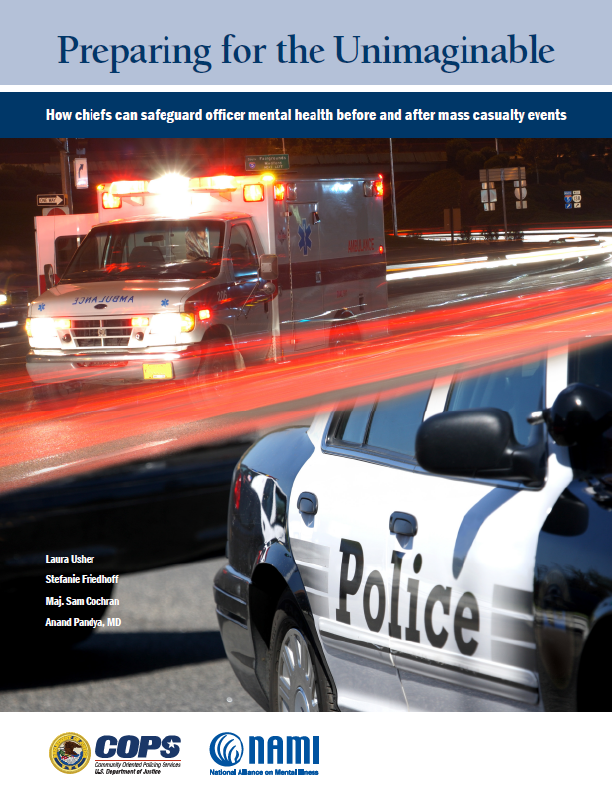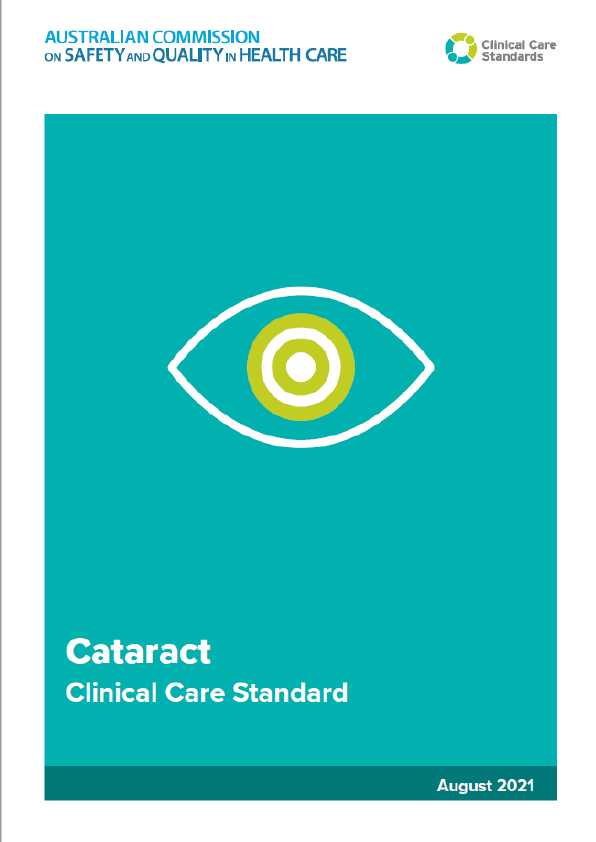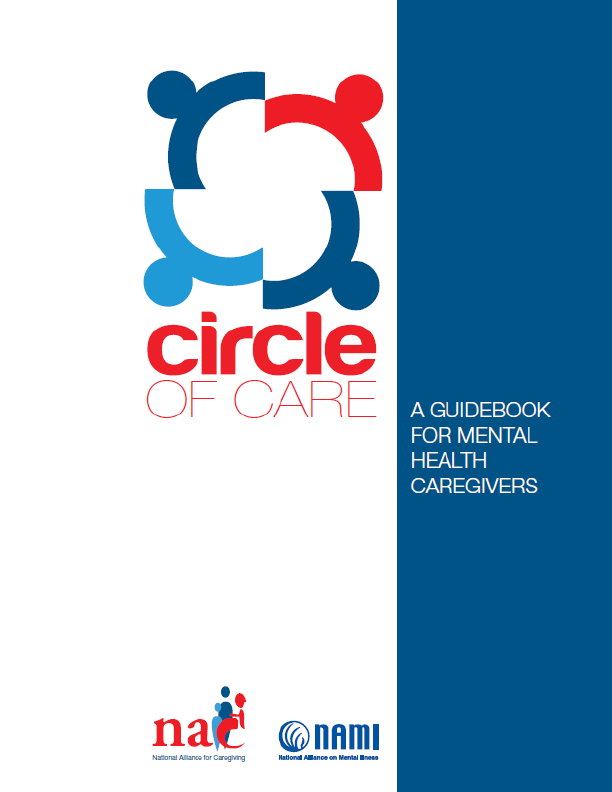Tobacco use is one of the main risk factors for the most prominent non-communicable diseases, including cancer, heart disease and chronic obstructive pulmonary disease. At the second session of the WHO Framework Convention on Tobacco Control (WHO FCTC) Conference of the Parties (COP) in July 2007, Parties to the WHO FCTC adopted Guidelines for the implementation of Article 8 of the Convention. These guidelines identify the measures necessary to achieve effective protection from the hazards of second-hand tobacco smoke.
This document supports UN agencies in implementing:
1. Resolution 63/8 adopted in 2008 by the General Assembly on Smoke-free United Nations premises, which recommends the implementation of a complete ban on smoking at all United Nations indoor premises, including regional and country offices throughout the United Nations system, and the implementation of a complete ban on sales of tobacco products at all United Nations premises.
2. Resolution E/RES/2012/4 adopted in 2012 by the Economic and Social Council, which calls for “United Nations system-wide coherence on tobacco control”.
On 31 May 2013, the World Health Organization Headquarters in Geneva became a smoke-free campus, going beyond the Smoke-free United Nations premises resolution which only recommends smokefree indoor spaces. Recognizing the efforts of the UN Inter-Agency Task Force (UNIATF) on NCDs, the meeting of the Task Force in 2018 led to an agreement that all UN agencies would assess their respective implementation of both Resolutions.
In this regard, WHO would like to extend support to UN agencies implementing the Resolution on Smoke-free UN premises, and encourage them to go beyond this Resolution by making UN campuses smoke-free. The emergence and availability of novel and emerging nicotine and tobacco products also present challenges for tobacco control policies, such as smoke-free legislation. Examples of these products include Electronic Nicotine Delivery Systems (ENDS), Electronic Non-Nicotine Delivery System (ENNDS) and Heated Tobacco Products (HTPs), and in recent times have undermined and continue to undermine tobacco control efforts as they are often promoted by the tobacco and nicotine industries as “smoke-free”. Each of these three products are distinct categories of products and differ from one another in terms of their characteristics, toxicological profile and potential health effects. Following the seventh session of the WHO FCTC Conference of the Parties in November 2016, WHO’s report on ENDS and ENNDS invited Parties that have not banned the importation, sale and distribution of ENDS/ENNDS to consider options to minimize health risks to non-users, including prohibiting by law the use of ENDS/ENNDS in indoor spaces or at least where smoking is not permitted.
To this end, the Resolution on Smoke-free UN premises will put into practice the United Nations smoke-free workplace policy, which aims to protect approximately 100 000 UN staff members from exposure to second-hand smoke. Studies have shown that implementing smoke-free policies not only improves the health of workers, but can also improve productivity and prevent premature death.
The Secretariat of the WHO FCTC and the Protocol to Eliminate Illicit Trade joins WHO in this initiative both by supporting the members of the UNIATF on Prevention and Control of NCDs with their initiatives and by providing valuable inputs in the development of this guide.
This toolkit outlines eight recommended steps for creating smoke-free UN campuses. These steps were adapted from the US Centers for Disease Control toolkit for implementing a tobacco-free initiative. The toolkit was based on the experience of the World Health Organization Headquarters in going smoke-free.











